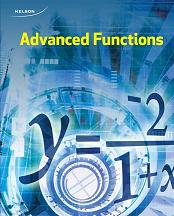
All Solutions
Section 6-5: Exploring Graphs of the Reciprocal Trigonometric Functions
The graph of $y=csc x$ has vertical asymptotes at $0, pmpi,pm2pi,. . .$
$t_{n}=npi, nin I$
#### (b)
$y=csc x$ has no maximum value.
#### (c)
$y=csc x$ has no minimum value.
The graph of $y=sec x$ has vertical asymptotes at $pmdfrac{pi}{2}, pmdfrac{3pi}{2}$,. . .
$t_{n}=dfrac{pi}{2}+npi, nin I$
#### (b)
$y=sec x$ has no maximum value.
#### (c)
$y=sec x$ has no minimum value.
The graph of $y=cot x$ has vertical asymptotes at $0,pmpi,pm2pi,. . .$
$$
t_{n}=npi, nin I
$$
#### (b)
The graph of $y=cot x$ intersects the $x$-axis at $pmdfrac{pi}{2}$,$pmdfrac{3pi}{2}, . . .$
$t_{n}=dfrac{pi}{2}+npi$, $nin I$
$x=-5.5, -2.35, 0.79, 3.93$, the same values for which $y=sin x$ and $y=cos x$ were determined to intersect in Lesson $6.3$.
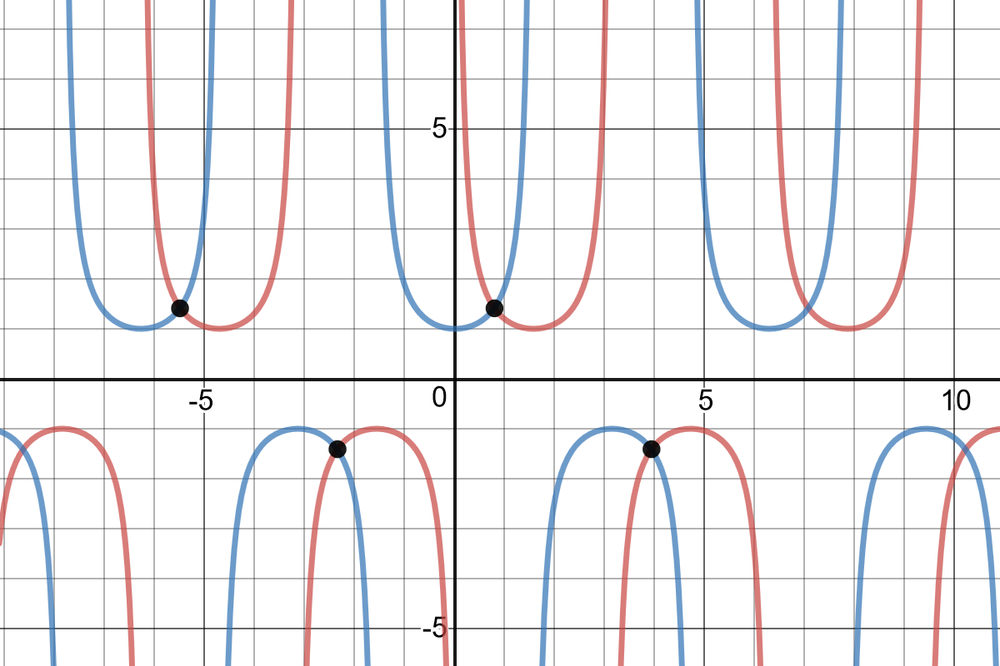

period$=2pi$
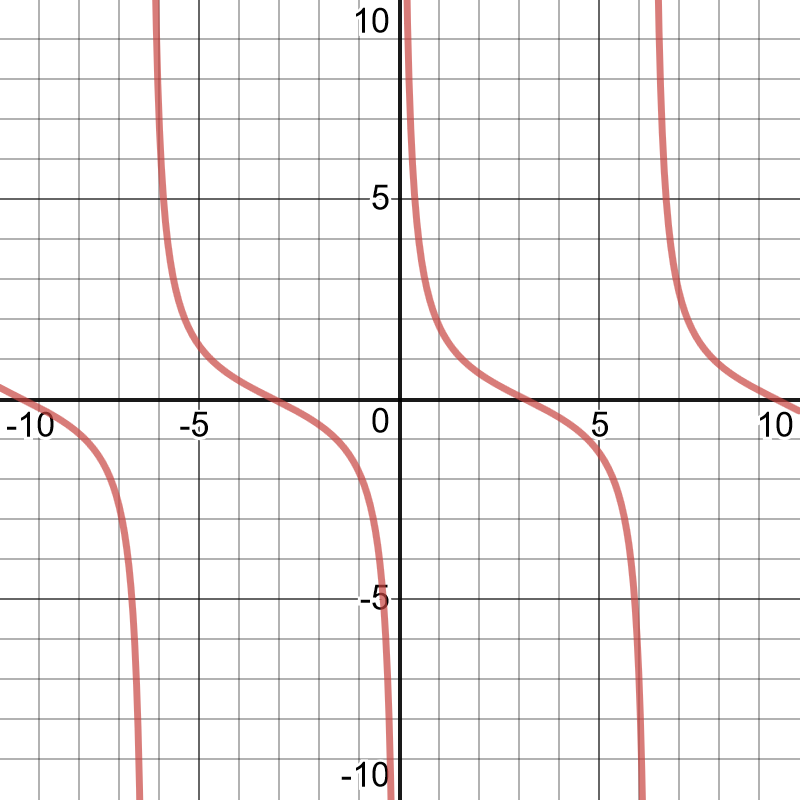
period$=pi$
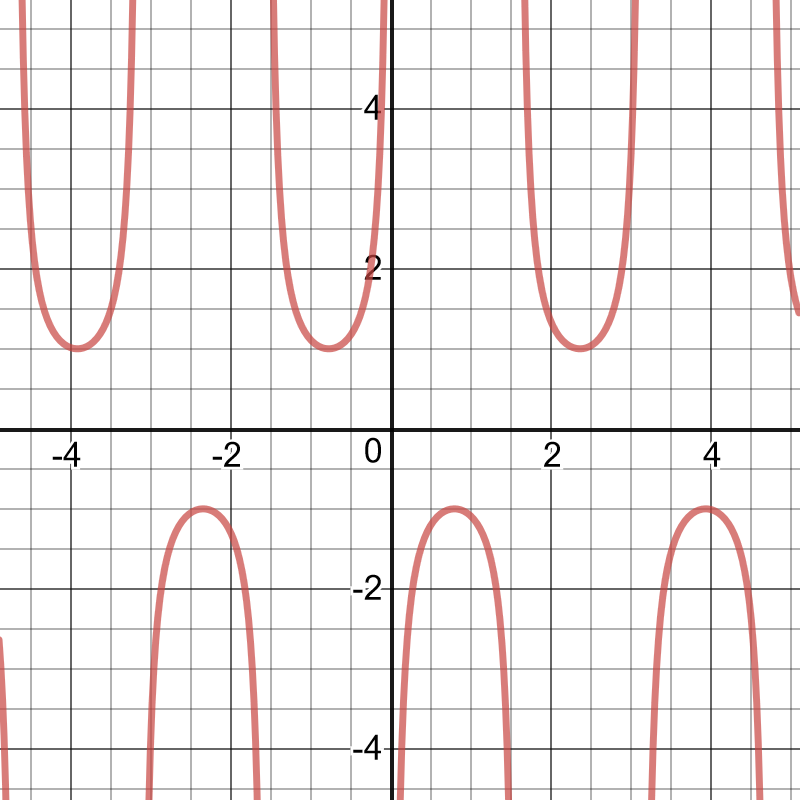
period$=2pi$
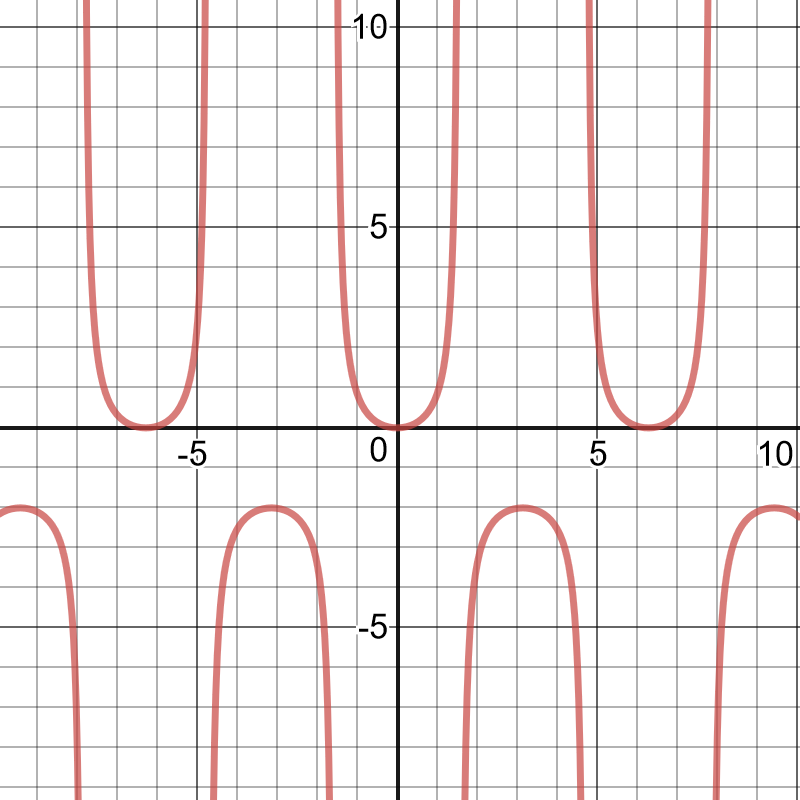
period$=4pi$
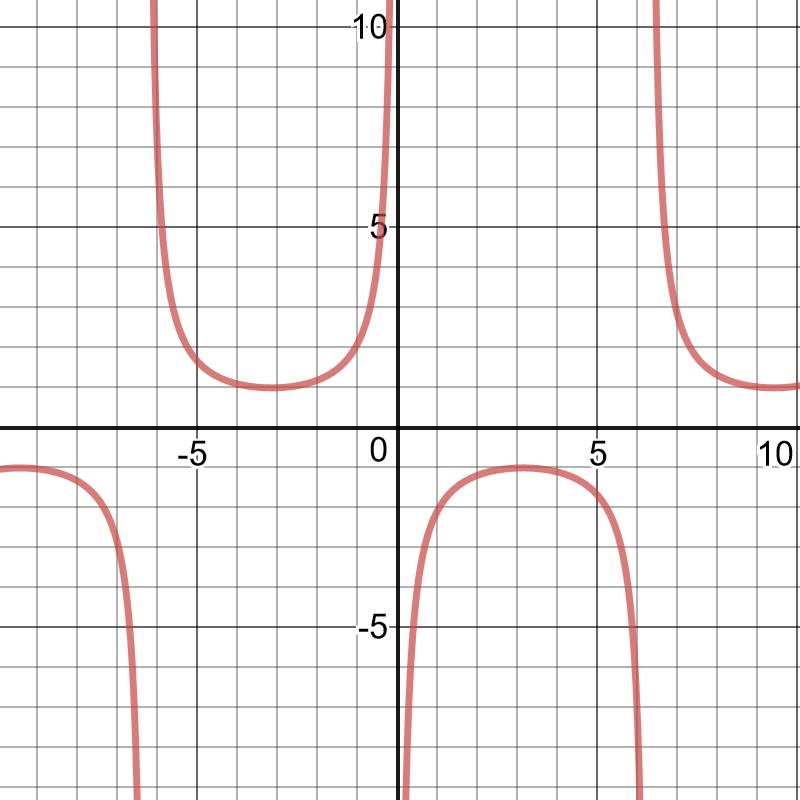
Haven't found what you were looking for?
Search for samples, answers to your questions and flashcards

